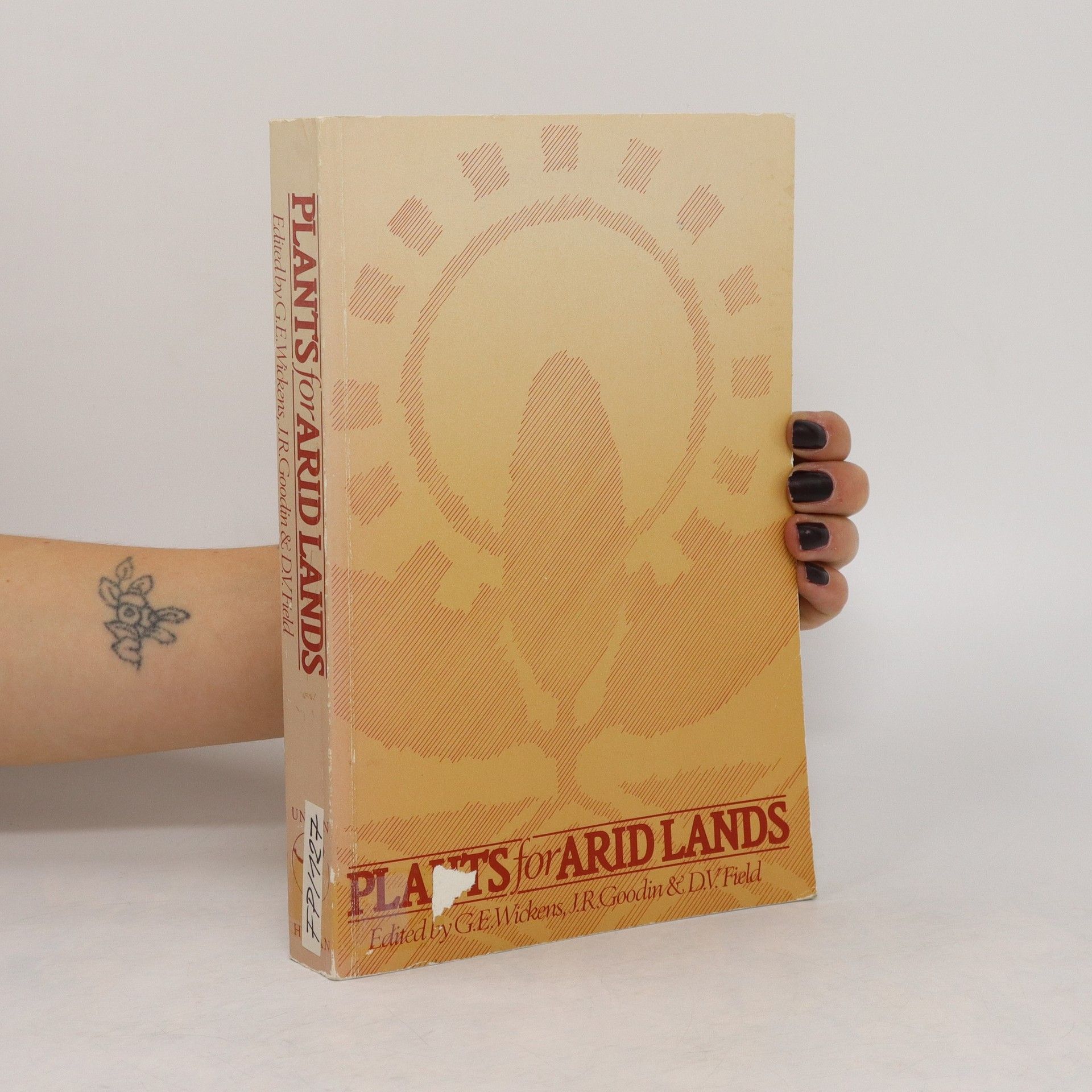The Baobabs: Pachycauls of Africa, Madagascar and Australia
- 540 stránok
- 19 hodin čítania
The book explores the fascinating world of baobab trees, known for their immense size and unique, often bizarre shapes, with some specimens living for thousands of years. It highlights the cultural significance of these trees, which have captivated botanists, artists, and locals alike. The author shares personal experiences from various African regions and collaborates with Pat Lowe, who contributes insights on baobabs in Africa, Madagascar, and Australia. This work aims to consolidate knowledge about all eight species of the genus, celebrating their ecological and cultural importance.

